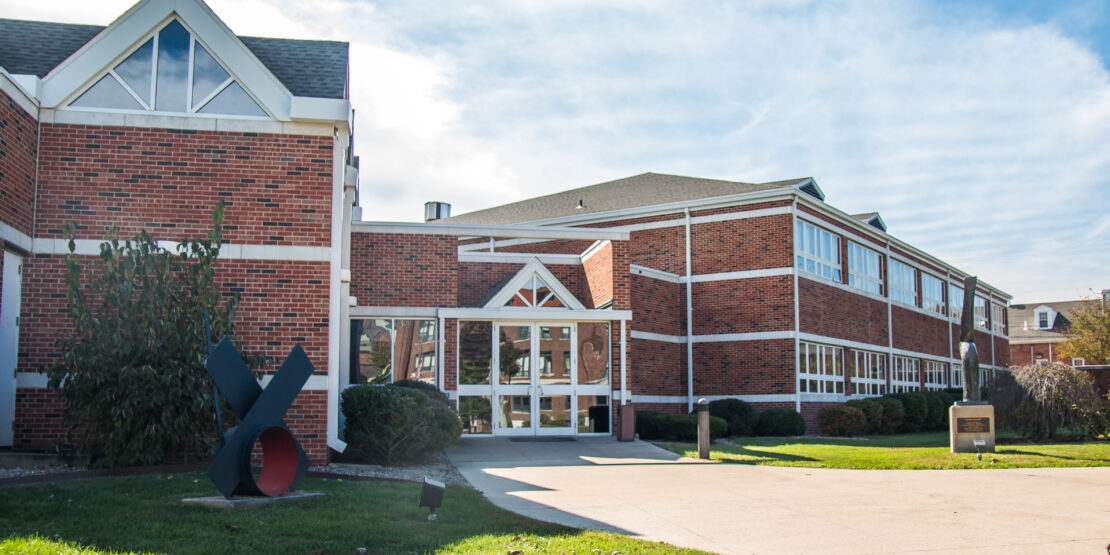Plan provides a blueprint for the University’s future, focusing on academic culture, enrollment, investment in facilities/technology and partnerships
William Woods University (WWU) reached the impressive milestone of 150 years as an institution in 2020. Now in 2021, the University continues to take charge of its future.
In a virtual message sent to the campus community today, WWU President Dr. Jahnae H. Barnett officially announced the release of the William Woods 2021 Strategic Plan, a comprehensive blueprint for the University’s future growth and stability. The plan is the result of a two-and-a-half year process involving input from the entire institution that focuses on key priorities such as academic culture, communication, enrollment management, strategic partnerships and investing in facilities and key technology infrastructure.
“The hallmark of all effective organizations is the constant practice of planning for the future and extensive self-review,” said Dr. Barnett in her remarks to the WWU campus today. “After decades of steady growth in enrollment, infrastructure and quality academic programs, we are poised to extend our continued success as an institution with this dynamic roadmap for where William Woods is going.”
The entire plan can be found here, at https://www.williamwoods.edu/about/strategic-planning.html.
WWU embarked upon creating its 2021 Strategic Plan in the autumn of 2018, to establish a proactive means to moving the University forward. The presence of the COVID-19 pandemic a year and a half into the process of creating the new plan led to a necessary reconsideration of previous strategic planning assumptions. Responding to COVID-19, decreasing traditional enrollments, public concern over rising costs of higher education, student debt, retention and campus diversity and inclusion are the biggest challenges facing higher education at the present time, which the University aims to manage through deliberate and proactive strategic planning.
Upon the plan’s release, the University will keep the momentum alive through year-long open campus forums related to each of the five strategic priorities, involving project leads and campus constituents, so that the plan is subject to continued critical review.
“It is crucial that our strategic plan remains a living and breathing document, one that charts and shapes our future path and is reviewed and consulted on a regular basis,” said Dr. Barnett. “With all our campus constituents deeply involved and having an ongoing stake in the process, I have never been more convinced that our best days as a University are ahead of us.”
The new plan will seek to build upon the remarkable growth the University has seen in recent years. Just over the past 30 years, William Woods has transitioned to university status (1993); established graduate-level, online, study abroad and 12 new academic programs; seen its total enrollment grow from 750 students to more than 2,000; had its endowment increase by nearly 250 percent; eliminated its long-term debt while maintaining an operating budget in the black for 18 straight years; and drastically increased infrastructure and capital improvements on the WWU main campus in Fulton, including the construction of the Center for Human Performance, Kemper Center for the Arts, Rowland Applied Riding Arena, Firley Soccer Field, a new baseball/softball complex, Anderson Arena, four new sorority residence halls, new residence hall complexes and numerous renovations and upgrades.

